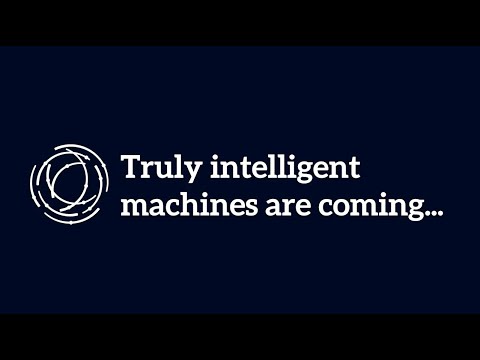Associated Sub-Fields:


Recent progress stems from machine learning (ML), which enables computers to discover patterns in data.2 Within ML, deep learning — neural networks loosely inspired by the brain — has driven most breakthroughs.3 These models now match or surpass human performance in many tasks: image recognition (2015), winning at Go (2016), predicting protein structures (2022) and enabling chatbots with powerful language skills.
The rise of generative AI has further transformed the field. Unlike earlier systems, which primarily classified or predicted, generative models create new text, images, music, code and even video. Tools such as chatbots, image generators and coding assistants are now integrated into search engines and office software, with early “agents” capable of performing economically useful tasks with limited supervision.
This progress has been enabled by abundant data, vast computing power and model designs that scale. But challenges remain: these systems are opaque, energy-intensive and prone to bias, misinformation and “hallucinations.” Generative AI also raises concerns about intellectual property, misinformation and impacts on education, creative industries and the future of work.
New approaches are needed for AI that is efficient, adaptable and trustworthy. Meanwhile, powerful AI is already here, and society must prepare for its far-reaching consequences in how humans create, reason and interact with machines.
KEY TAKEAWAYS
The field of AI has seen rapid progress in recent years, with particularly significant advances being seen in AI that generates text, images and video based on learning from online data. However, there is great scope for further advances. Large language models (LLMs), for example, embody cultural knowledge but are inadequate in causal reasoning and robustness. Building on current success, the Future of generative AI appears to be in ever-wider applications and dealing with architectural gaps: transformer architectures are powerful for predicting tokens and pixels, but inadequate for processing continuous, high-dimensional natural signals in the real world. Progress in AI also requires grounding models in physical reality beyond text: World-modelling and embodied AI are vital for true intelligence. This will enable an AI system to incorporate representations of a physical environment, complete with physical parameters that might constrain or otherwise influence its output. Intelligence emerges from embodiment and active interaction with the environment, drawing from biological and developmental insights. Greater consideration of real-world situations is likely to help AI for science, which is currently growing in its influence on the scientific endeavour. AI shows great promise for scientific discovery but faces challenges in scientific data generation and abstraction. Future advances depend on more efficient data use and new learning paradigms that move beyond brute-force scaling. Breakthroughs in AI foundations may be necessary to fulfil the potential currently seen in the field, while AI safety and alignment with human values are paramount for societal trust and beneficial deployment: considering the broader social and educational implications of AI is critical for responsible progress.
Anticipatory Impact:
Three fundamental questions guide GESDA’s mission and drive its work: Who are we, as humans? How can we all live together? How can we ensure the well-being of humankind and the sustainable future of our planet? We asked researchers from the field to anticipate what impact future breakthroughs could have on each of these dimensions. This wheel summarises their opinions when considering each of these questions, with a higher score indicating high anticipated impact, and vice versa.
- Anticipated impact on who we are as humans
- Anticipated impact on how we will all live together
- Anticipated impact on the well-being of humankind and sustainable future of our planet








